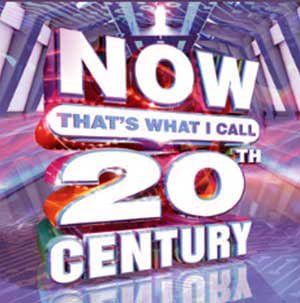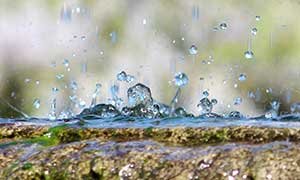Restoration from 1900 on

20th Century
The twentieth century has seen an exponential rise in virtually all aspects of restoration in the church across the world. We will endeavour to include articles on all these major restoration movements right into the 21st century.
Many of these movements majored on restoring principal aspects of church life and others revitalised issues that had already been restored since the reformation. Just like the waves of the sea, God’s waves of revival and restoration re-introduce water from previous waves.
1. The Pentecostal Movement – 1906 on
The Baptism in the Holy Spirit
The gifts of the Spirit – word of wisdom, word of knowledge, discernment of spirits, tongues, interpretation of tongues, prophecy, gift of faith, gifts of healings and working of miracles
Ministry gifts of apostles, prophets, evangelists, pastors and teachers. (Some, not all Pentecostals)
Automomous local churches (Some)
The Latter Rain Movement 1948 on
This movement, though not too well-known, has had a greater affect on the world-wide church than any other restoration movement in history. There are very few churches today which have not been influenced by at least one aspect of this movement – particulary in praise and worship. It’s genesis can be directly traced to the powerful Healing Revival of the late 1940’s, sharing the same time-period – 1948-1955.

The Latter Rain
Praise and worship
The Song of the Lord (corporate singing in the Spirit
The laying on of hands
The impartation of gifts and ministries through the laying on of hands and prophecy
The Baptism in the Holy Spirit
The gifts of the Spirit – particularly prophecy
Autonomous local churches
Ministry gifts of apostles, prophets, evangelists, pastors and teachers.
Deliverance from demons
Women, as well as men, have a full and equal ministry role in the Church
As is clear from this list, there is a great similarity with the Pentecostal Movement. By the time 1948 had arrived, many Pentecostal churches had become similar to evangelical churches and were not seeing the work of the Spirit like their forefathers. God was very gracious in reviving many of the old Pentecostal practices and adding to them in the Latter Rain Revival. As often happens in revival history, those who once received a wave of the Holy Spirit’s power found it difficult to receive the next move of God. On the contrary, many Pentecostals rejected Latter Rain advocates outright. For example, the US Assemblies of God officially denounced Latter Rain teaching, nearly splitting the denomination in the process, in April 20, 1949. Other established Pentecostal groups followed suit. But it has to be said that many of those Pentecostal groups of 70 years ago, had been revitalised by Latter Rain theology and practices by the 21st century!
The Independent Charismatic Movement 1960 on
This movement was quite seperate from the denominatonal Charismatic Movement and was particularly influencial in US, Great Britain and Europe, though its influence has been felt across the globe.
Autonomous local churches
Ministry gifts of apostles, prophets, evangelists, pastors and teachers.
The ministry of the teacher emphasised
The importance of prophecy
The Baptism in the Holy Spirit
The laying on of hands
The gifts of the Holy Spirit
Deliverance from demons
Effective evangelism
Similarly, this wave of the Spirit contained much that was part of the Latter Rain Movement. Although the Latter Rain had its own distinct approach, it was still very Pentecostal in its style. But in the late fifties and sixties a new breed of leaders arose who related to their contemporary world by insightful teaching, relevant worship and modern communication. The denominational Charismatic Movement and the Independent Charismatic Movement trace their origins back through the influence of Demos Shakarian’s Full Gospel Businessmen’s Association and Oral Roberts’ popular tent and televised healing and evangelistic crusades. Their’s was a more popular and culturally acceptable model that brought a new relevance and freshness to Spirit-filled communities across the globe.
There were other great teachers who spearheaded restoration principles and new ‘restoration’ churches. The most notable of these was led by Charles Simpson, Don Basham, Ern Baxter, Dereck Prince and Bob Mumford (Fort Lauderdale Five). In the UK, the major exponent of restoration was Arthur Wallis who’s revival writings were already well-known. The principal western media was the New Wine magazine, produce by the Fort Lauderdale Five who later changed to ‘Christian Growth Ministries’ (CGM) from 1969. In the UK, the ‘Restoration’ magazine was a major source of restoration teaching, produced by Harvestime, led by Bryn Jones.
Other movements
The late 20th century saw a further array of movements that reignited various New Testament emphases, including:
The Jesus Movement
The Vineyard Movement
The Church Growth Movement
The Cell Church Movement
The G12 Movement
The Discipleship Movement
It is quite clear that Acts 3:21 is being fulfilled in these last days before Jesus returns. History is moving towards this great event – the Restoration of the New Testament Church, which will have the most glorious, powerful and Christ-like ministry the world has ever seen, since the beginning of the Christian era.



